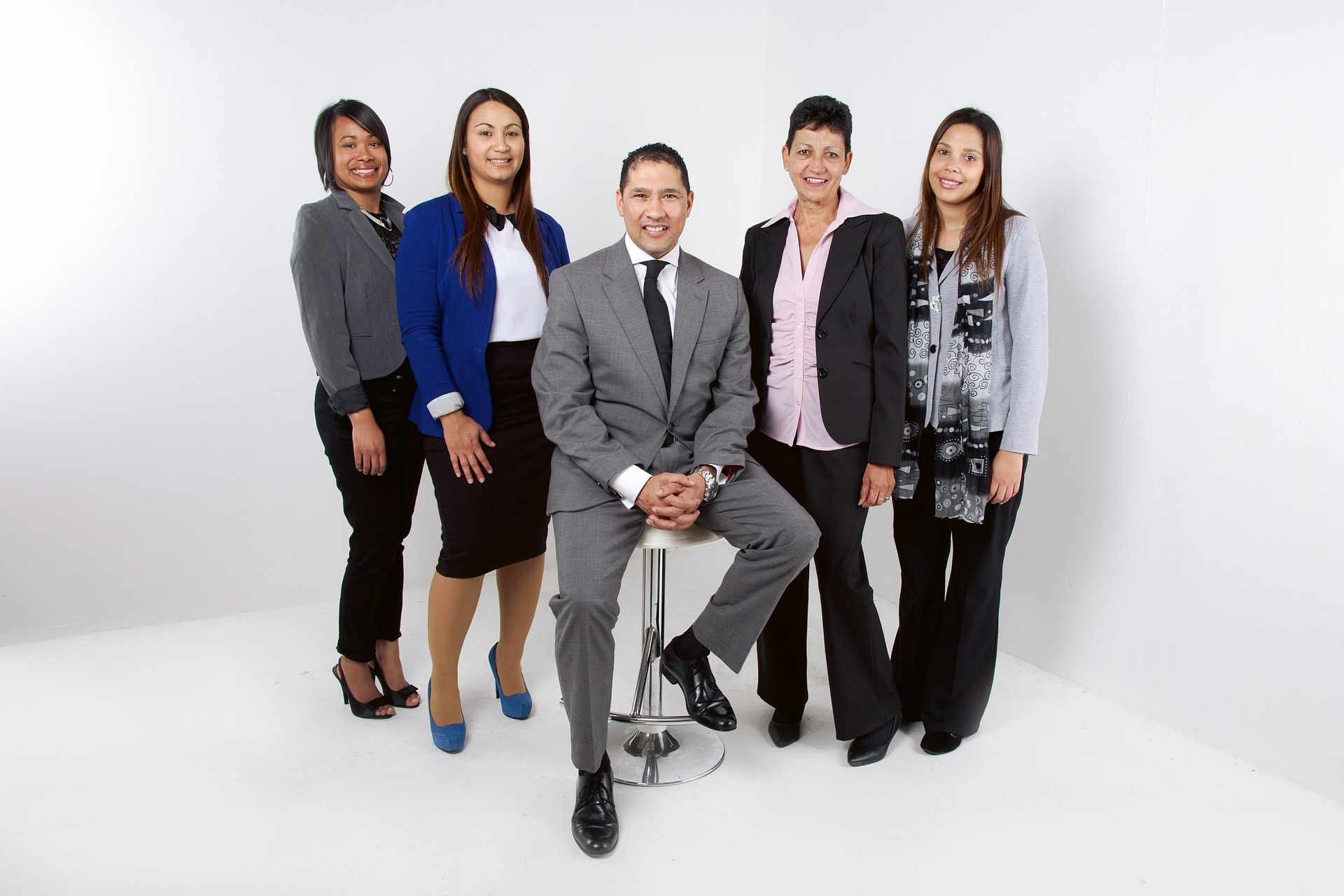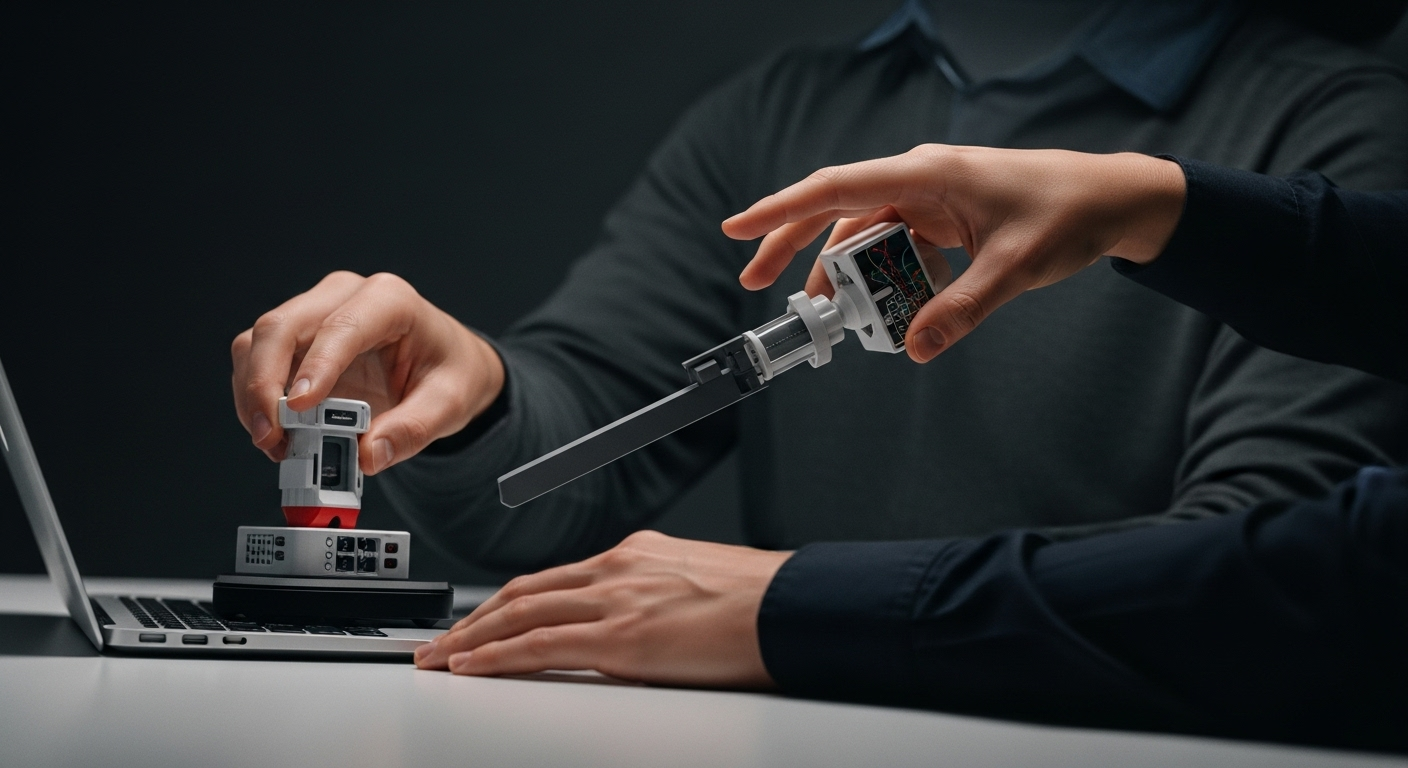Neurodiversity: Transforming Workplace Dynamics
Neurodiversity is reshaping the modern workforce, challenging traditional notions of productivity and collaboration. This groundbreaking approach recognizes and celebrates the unique cognitive differences among individuals, fostering a more inclusive and innovative work environment. As businesses increasingly embrace neurodiversity, they're discovering untapped talent pools and fresh perspectives that drive success in unexpected ways.

Research shows that neurodiverse individuals often possess exceptional skills in pattern recognition, memory, and creative problem-solving. For instance, individuals with autism may excel in data analysis and quality control, while those with ADHD often demonstrate remarkable creativity and out-of-the-box thinking. By recognizing and harnessing these unique abilities, companies can gain a competitive edge in innovation and problem-solving.
Shifting Recruitment Paradigms
Traditional hiring practices often unintentionally exclude neurodiverse candidates. Standard interview processes and job descriptions may not effectively capture the potential contributions of individuals with different cognitive styles. Forward-thinking companies are revamping their recruitment strategies to be more inclusive.
Some organizations have implemented specialized hiring programs tailored to neurodiverse candidates. These programs often include alternative interview formats, such as task-based assessments or extended work trials, which allow candidates to showcase their skills in practical settings. By focusing on abilities rather than social norms, these initiatives have uncovered exceptional talent that might otherwise have been overlooked.
Workplace Adaptations for Neurodiversity
Creating a neurodiverse-friendly workplace involves more than just hiring practices. It requires a holistic approach to office design, communication strategies, and management styles. Companies leading in this area have implemented a range of accommodations to support neurodiverse employees.
Physical workspace modifications can include quiet zones for those sensitive to sensory stimuli, flexible lighting options, and noise-canceling headphones. On the operational side, clear communication protocols, structured work processes, and visual aids can help neurodiverse individuals navigate workplace expectations more effectively.
Managers are also adapting their leadership styles. This might involve providing more explicit instructions, offering multiple formats for information delivery, and recognizing that different team members may have vastly different needs for social interaction and work environments.
The Business Case for Neurodiversity
Beyond the ethical imperative of inclusivity, there’s a strong business case for embracing neurodiversity. Studies have shown that neurodiverse teams can be up to 30% more productive than neurotypical teams when properly supported. This boost in productivity stems from diverse thinking styles, enhanced problem-solving capabilities, and increased innovation.
Moreover, companies that actively recruit and support neurodiverse employees often see improvements in overall workplace culture. These initiatives foster a more empathetic, flexible, and inclusive environment that benefits all employees, not just those who are neurodiverse.
Challenges and Future Directions
While the benefits of neurodiversity in the workplace are clear, implementation is not without challenges. Many organizations struggle with changing long-standing hiring practices and workplace norms. There’s also a need for broader education about neurodiversity to combat misconceptions and stereotypes.
Looking ahead, experts predict that neurodiversity will become an increasingly important aspect of workplace diversity and inclusion efforts. As more success stories emerge and research continues to highlight the benefits, we can expect to see more companies adopting neurodiverse-friendly practices.
The future of work is likely to be one where cognitive differences are not just accommodated but actively sought after. This shift promises to create more dynamic, innovative, and inclusive workplaces that are better equipped to tackle the complex challenges of the 21st century.
In conclusion, neurodiversity represents a powerful opportunity for businesses to tap into underutilized talent pools and foster innovation. By recognizing and valuing cognitive differences, companies can create more inclusive, productive, and creative work environments. As this movement gains momentum, it has the potential to fundamentally transform how we think about talent, productivity, and workplace success.





